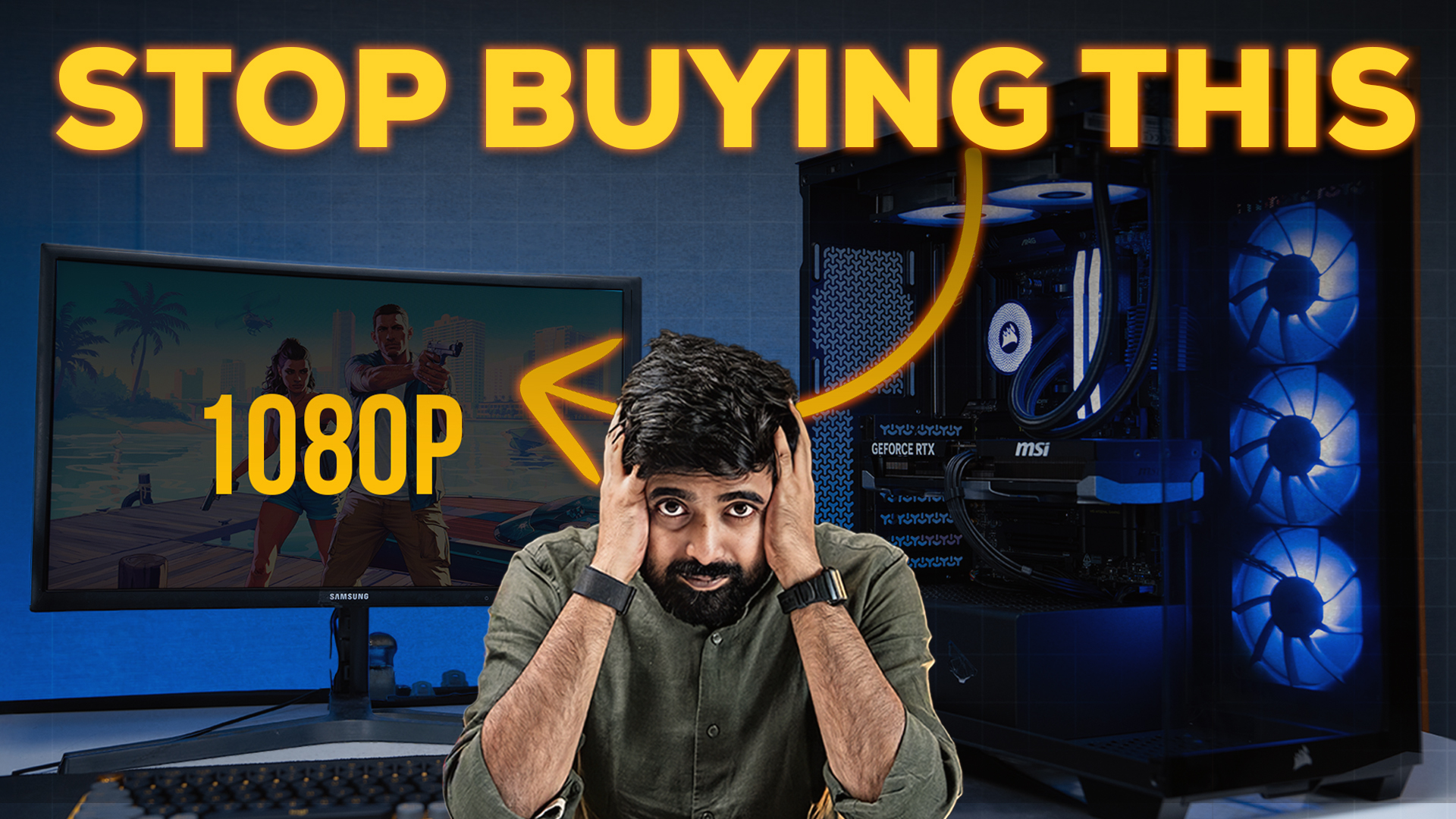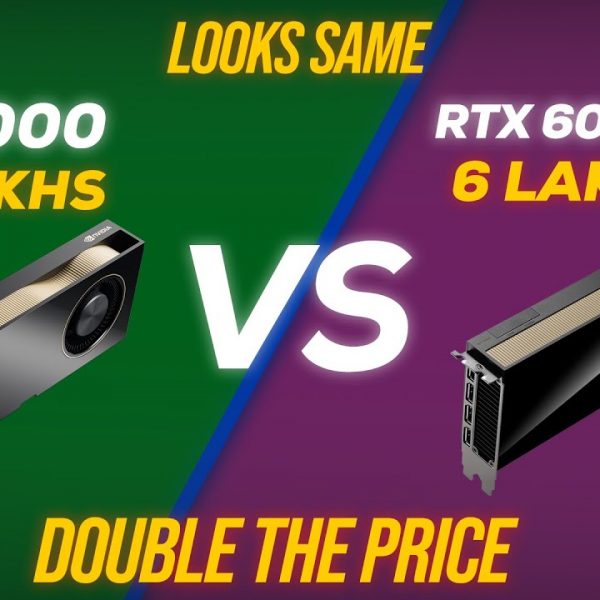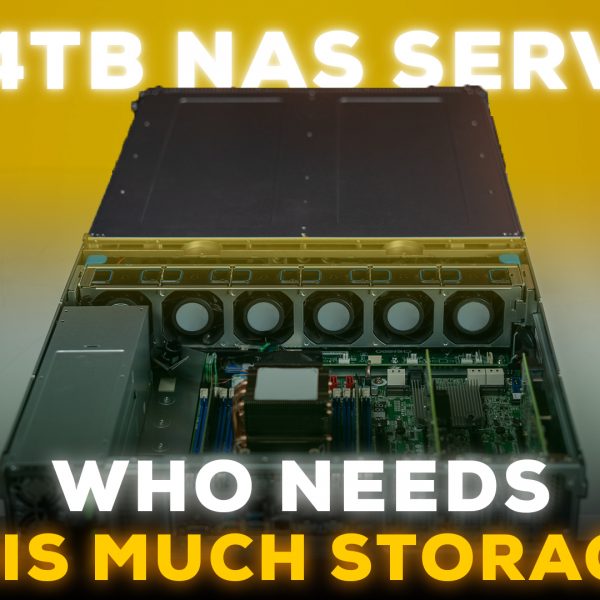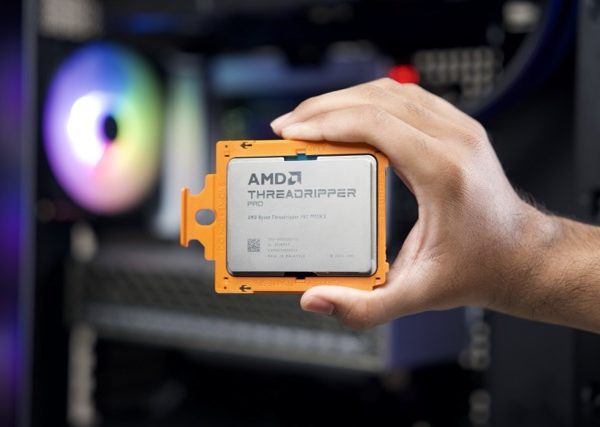Building a new PC is an exciting journey, but it’s easy to get lost in a sea of specs, marketing hype, and questionable advice. Based on over a decade of building custom rigs, here are the five most common mistakes we see people make.
Mistake #1: The “More Cores = More Power” Myth
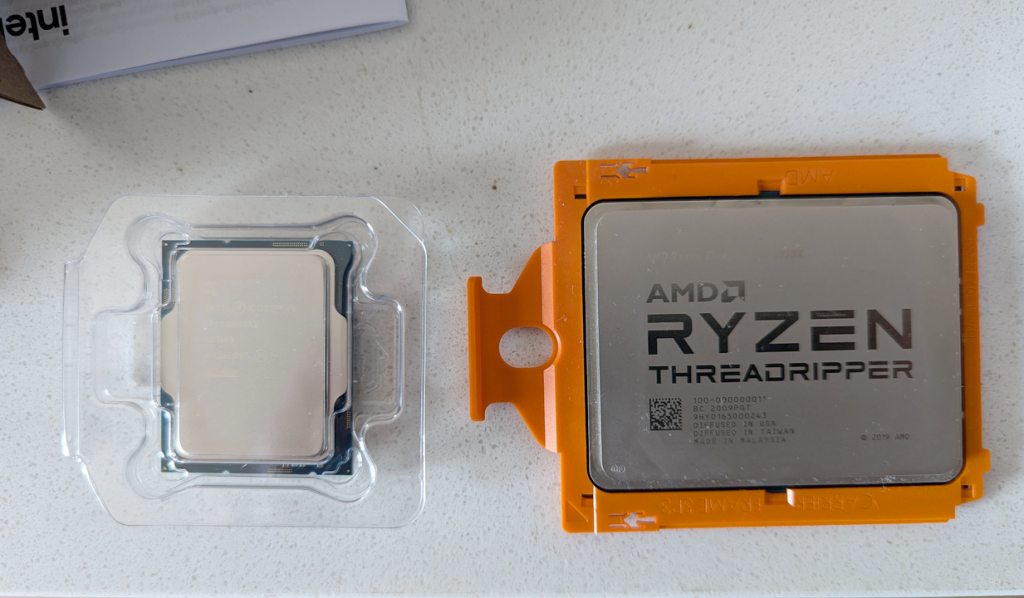
“More cores are always better, right?” Wrong. Let me tell you a story about a customer we’ll call Bablu.
Back in 2019, Bablu wanted the most tricked-out, top-of-the-line PC in all of India. He came to us with one component locked in his mind: an AMD Threadripper. His primary use case? Fortnite. We tried to reason with him. “Bablu, for gaming, an Intel Core i9 is a much better choice.” He wouldn’t budge. We tried explaining it to his father, but Bablu insisted. Finally, his father shut us down, telling us to just build what his son wanted and not to lecture them. So we listened, Customer is king, after all.
We built him a monster of a machine. But soon, the inevitable happened. Bablu called, frustrated. His FPS in Fortnite were lower than his friends’ PCs. He’d spent a fortune for less performance. This time, he was ready to listen. We swapped out the Threadripper for a core i9, and just like that, his problem was solved.
The Moral of the Story: Higher core counts are designed for specific, highly-parallel workloads like data science, machine learning, AI, and heavy 3D rendering. For everyday computing and gaming, which rely more on single-core speed and architecture optimized for gaming engines, a CPU like an Intel Core i9 or AMD Ryzen 9 is far superior. Match your CPU to your workload, not just the core count.
Mistake #2: Buying an Overkill Graphics Card
“Dad, I absolutely need an RTX 5090 for my college assignments.” No, you really don’t. Don’t drain your (or your parents’) bank account unnecessarily.
To be honest, we ship plenty of RTX 5090 builds every month. But who’s buying them? Companies, professionals working with GPU-intensive rendering, and people training AI models. At this point, Nvidia could market it as a workstation card, remove the RGB, and probably lower the price.
Even if you’re a hardcore gamer with a 4K monitor, you probably don’t need anything more than an RTX 5080. My advice for 90% of users? The RTX 5070 Ti is the sweet spot. It’s powerful enough for gaming and content creation and can even handle local AI workloads. A quick look at the Steam Hardware Survey consistently shows that mid-range cards (like the 4060) are the most popular for a reason: they offer fantastic performance at resolutions like 1440p without breaking the bank.
So, even if you have the money for a 5090, should you buy it? Our answer is no. Take the huge price difference (often over ₹1,00,000) between a 5080 and a 5090 and invest it where it matters:
- A high-quality 4K or widescreen monitor.
- Faster, larger capacity SSDs.
- A premium case with better airflow and features.
A balanced build is always better than a lopsided one.
Mistake #3: Choosing the Wrong Monitor
This brings us to the next point. A powerful graphics card is useless without a monitor that can keep up. Monitor brands are notoriously bad at explaining their product lines, creating a confusing mess for consumers.
Repeat after me:
- If you’re buying an RTX 5060 Ti or equivalent, pair it with at least a 2K (1440p) high-refresh-rate monitor.
- If you’re going for an RTX 5080 or above, you need at least a 4K high-refresh-rate monitor to do it justice.
Don’t be the person who pairs a ₹1.5 Lakh GPU with a 1080p 60Hz monitor. It’s like buying a Ferrari and only driving it in school zones. Look for modern features like local array dimming and understand the difference between panel types (IPS, VA, OLED) to make an informed choice. There’s a reason professionals spend tens of lakhs on specialized Eizo monitors for color-critical work—the display matters immensely.
Mistake #4: Cheaping Out on “Boring” Components
I get it. After splurging on a fancy CPU and GPU, the budget gets tight. It’s tempting to save money by picking up a cheap SSD from an unknown brand or a generic power supply. After all, 850W is 850W, right?
WRONG. This is a massive mistake.
- Solid State Drives (SSDs): Why are some SSDs with the same capacity so much cheaper? They use substandard controllers and have a much lower TBW (Total Bytes Written) rating. This TBW rating is a measure of the drive’s endurance. A lower rating means it won’t last as long. Over 10 years of building PCs, our data shows that some budget SSD brands have failure rates as high as 5%. That’s a 1 in 20 chance your drive just dies, taking all your precious data with it. This is why we stick to and recommend only a couple of tried-and-tested brands we know are reliable.
- Power Supply Units (PSUs): Cheaping out on your PSU is a crime against silicon. It’s the heart of your PC, and if it fails, it can take every other component down with it. Here’s a simple rule of thumb: buy a PSU that is at least 80+ Gold rated. Gold-rated PSUs are more efficient , run cooler, and are built with higher-quality components to achieve that certification. A cheap PSU is a gamble you should never take.
Mistake #5: Falling for the Big-Brand Pre-Built Trap

You might think buying a pre-built PC from a major “big-name-brand” is a safe bet. Well that is not the case at all. Here’s why:
- Cheaped-out Components: They often use the cheapest possible power supplies and motherboards that technically meet the spec but offer no longevity.
- Proprietary Parts: They use non-standard connectors and motherboard form factors, making future upgrades nearly impossible. Want to move your components to a new case? Good luck.
- Restricted BIOS: The BIOS is often artificially locked down, preventing you from tweaking performance settings.
- Expensive Upgrades: They charge exorbitant prices for simple RAM and storage upgrades.
- Sketchy After-Sales Support: When something goes wrong, navigating their support channels for a custom issue can be a nightmare. Trust me, we’ve helped countless customers who were abandoned by big-brand support.
Building it yourself or going with a reputable custom builder ensures you get quality, standard parts that offer a clear upgrade path and full control over your machine.
Your Dream PC, Built Right.
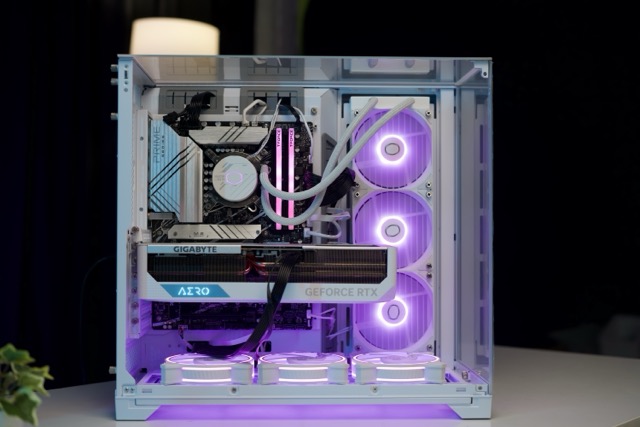
Building a PC is complex, and the mistakes we’ve covered are costly. At theMVP , our expertise is your peace of mind. We select and balance every component to deliver a flawless, high-performance machine tailored perfectly to you.
Why risk the headache? Let our experts build your next PC with the precision and care it deserves.

